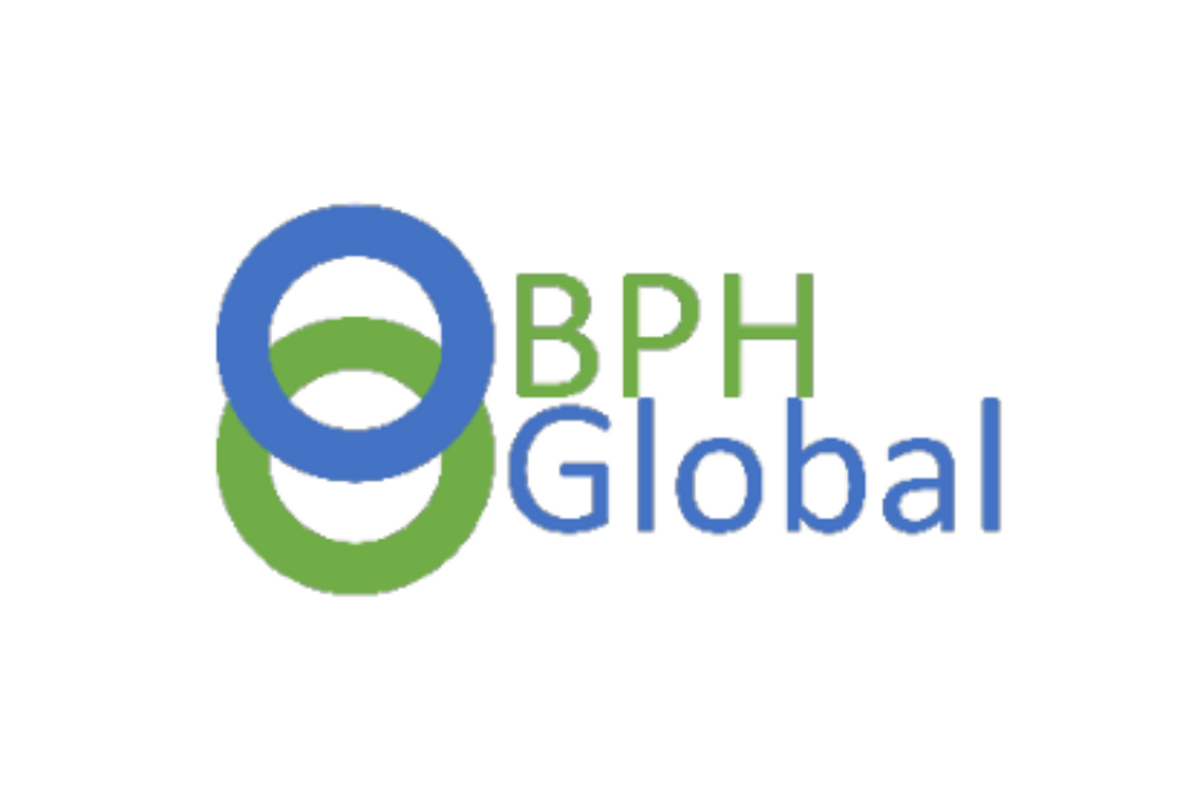
October 30, 2024
BPH Global Limited (ASX: BP8) (“BP8” or the “Company” or the “Group”), a plant-based biotechnology company, today released its Appendix 4C and Quarterly Activities Report for the period ended 30 September 2024.
During the September Quarter, the Company continued to engage deeply with prospective investors with a particular focus on investors who have relevant industry experience and an understanding and appreciation of the Company’s business development plans.
On 31 July 2024 the Company announced that it had entered into loan agreements to raise $130,000 to provide short term funding to the Company. A non-related party of the Company provided $30,000 and three Directors of the Company each provided loans of $25,000 ($75,000 in aggregate). The $105,000 raised received to date has been and will be used to fund working capital expenses.
On 24 October 2024 the Company announced (24 October Announcement) that it had entered into an investment term sheet with Mr Rajiv Ramnarayan (Investment Term Sheet) pursuant to which Mr Ramnarayan will provide the Company with $100,000 in two tranches of $50,000. The first tranche of $50,000 was due 25 October 2024 and has been paid. The second tranche of $50,000 is due on 25 November 2024. The funds received and to be received from Mr Ramnarayan will be used for working capital purposes and for the development of the Indonesian-based seaweed project (see below).
The Company is continuing to engage deeply with prospective investors.
BP8 ended the quarter with cash of approximately $0.113 million ($0.134 million at 30 June 2024).
Payments of $9,000 were made during the quarter to related parties and their associates as remuneration. Details of these payments are included in items 6 of the Appendix 4C.
Corporate activities
Throughout the September Quarter the Company continued to focus on business development opportunities to grow its seaweed and bird’s nest businesses. In particular, the Company has been sourcing and conducting due diligence on business development opportunities regarding:
- New sites for the cultivation of seaweed;
- Potential third-party seaweed growers for the supply of seaweed; and
- Potential third-party bird’s nest suppliers for the supply of raw and processed bird’s nest produce.
Click here for the full ASX Release
This article includes content from BPH Global, licensed for the purpose of publishing on Investing News Australia. This article does not constitute financial product advice. It is your responsibility to perform proper due diligence before acting upon any information provided here. Please refer to our full disclaimer here.
BP8:AU
The Conversation (0)
01 December 2021
BPH Global
Stemcell United Ltd is a marine and agricultural biotechnology industry. Its only operating segment being sourcing, producing, marketing, and selling traditional medicines.
Stemcell United Ltd is a marine and agricultural biotechnology industry. Its only operating segment being sourcing, producing, marketing, and selling traditional medicines. Keep Reading...
20 February
Exceptional silver and cobalt assays from seaweed
BPH Global (BP8:AU) has announced Exceptional silver and cobalt assays from seaweedDownload the PDF here. Keep Reading...
31 January
Quarterly Activities/Appendix 4C Cash Flow Report
BPH Global (BP8:AU) has announced Quarterly Activities/Appendix 4C Cash Flow ReportDownload the PDF here. Keep Reading...
22 January
Completion of Indonesian Seaweed Joint Venture Transaction
BPH Global (BP8:AU) has announced Completion of Indonesian Seaweed Joint Venture TransactionDownload the PDF here. Keep Reading...
17 December 2024
BPH Global receives funding commitment of A$100,000
BPH Global (BP8:AU) has announced BPH Global receives funding commitment of A$100,000Download the PDF here. Keep Reading...
15 December 2024
Private Placement
BPH Global (BP8:AU) has announced Private PlacementDownload the PDF here. Keep Reading...
Latest News
Interactive Chart
Latest Press Releases
Nevada Sunrise Announces Stock Option Grants
19 December
Related News
TOP STOCKS
American Battery4.030.24
Aion Therapeutic0.10-0.01
Cybin Corp2.140.00
